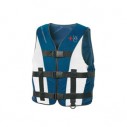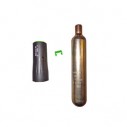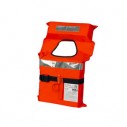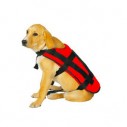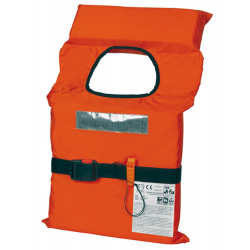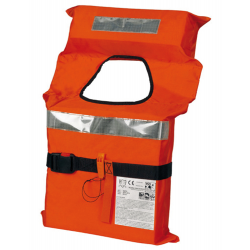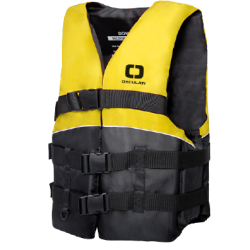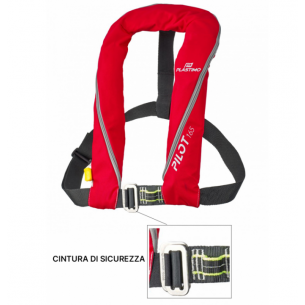Your cart
There are no more items in your cart
Nautical life jacket

Within any self-respecting naval vessel, the nautical life jacket is a vital safety equipment. That is why it is necessary to select this particular accessory carefully. On HiNelson you can find all the best deals with respect to the nautical life jacket, which is available in multiple models and which you can choose according to your needs. In this category you can find the right technical product - which should also be chosen according to current regulations: from the cheapest one, to the self-inflating nautical life jacket.
Read more
Within any self-respecting naval vessel, the nautical life jacket is a vital safety equipment. That is why it is necessary to select this particular accessory carefully. On HiNelson you can find all the best deals with respect to the nautical life jacket, which is available in multiple models and which you can choose according to your needs. In this category you can find the right technical product - which should also be chosen according to current regulations: from the cheapest one, to the self-inflating nautical life jacket.
Self-inflating lifebuoy
165N Pilot automatic self-inflating life jacket + safety belt - Plastimo
€129.57
€143.97
Life jacket spare parts
Refill kit with 33 g canister for automatic activation vests - Plastimo
€21.55
€23.95



